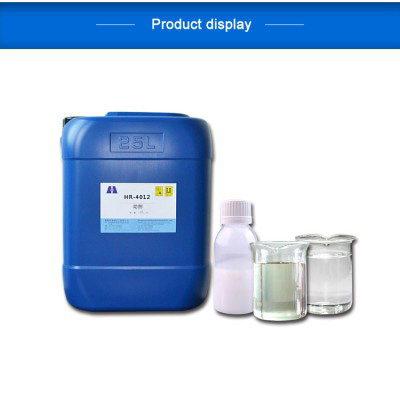Venezuela The Function and Use of Defoaming Agents for Electroplating Wastewater Treatment(3)
dispersant
affect
leveling
non-silicon
additive
Venezuela Defoaming agents for electroplating wastewater treatment have low surface tension and are insoluble in foaming media. Adding them to electroplating wastewater will not affect chemical substances such as biological bacteria in the water, and will not change the water quality and its basic system. In addition, high temperature resistance, acid and alkali resistance are also important characteristics. Electroplating wastewater contains alkali and other harsh environmental factors. Defoaming agents for electroplating wastewater treatment can quickly adapt to achieve rapid defoaming and long-term foam inhibition. Excellent water solubility can quickly dissolve with wastewater systems, achieving results.
carbon
defoamer
affect
additive

defoamer
Action mechanism of polysiloxane defoamer
The representative defoaming mechanisms of polysiloxane mainly include "bridging spreading" mechanism, "bridging dehumidifying" mechanism, and "spreading liquid entrainment" mechanism. The "bridging spreading" mechanism mainly starts from the basic point of "polysiloxane has a relatively low tension and is easy to spread on the liquid film." It emphasizes that defoamer droplets are prone to deformation, but this theory cannot explain the defoaming differences between individual polysiloxanes and mixtures of polysiloxanes and solid ions as defoamers. The "bridging dehumidification" mechanism is mainly based on the hydrophobicity of polysiloxanes themselves, but the defoaming effect of polysiloxanes with high viscosity cannot be well explained. The "spreading liquid entrainment" mechanism cannot be confirmed because some facts indicate that polysiloxanes sometimes do not spread on the surface of the foam film, but can also break the foam.
Venezuela Chemical foam in electroplating wastewater treatment is due to the existence of many surfactants such as detergent and colloidal organic matter in the wastewater, which have strong foaming ability. Therefore, under the conditions of water flow speed, fall, aeration, blowing off, etc., a large number of small and light white brown foam will appear on the surface of the wastewater, which is unstable. There are still some differences between biological foam and chemical foam in appearance, usually showing soil brown or grayish brown. There are many reasons for this kind of foam, such as the soil brown foam caused by the low dissolved gas in the biochemical tank. Grey brown foam produced by low MLSS. Foam caused by microbial factors such as microbial abnormalities. Filamentous bacteria grow abnormally, mix and accumulate with foaming and floc particles to form foam that is difficult to eliminate, etc. The defoamer for electroplating wastewater treatment uses modified silicon polyether and modified oxane as the main raw materials to eliminate foam. It can achieve good results for chemical foam and biological foam that may appear in the electroplating wastewater system.
